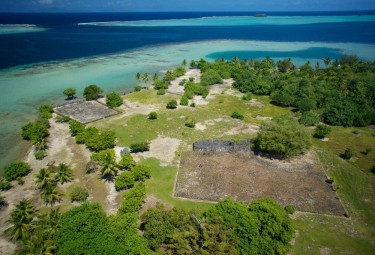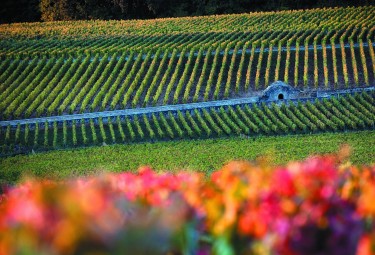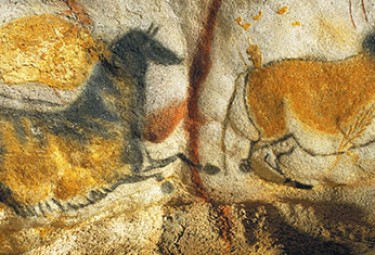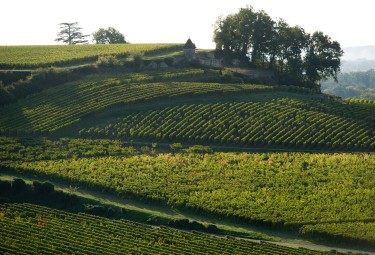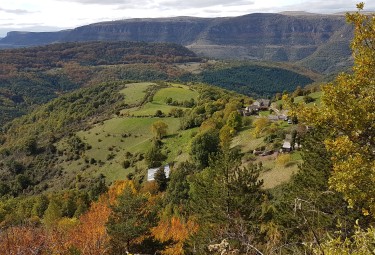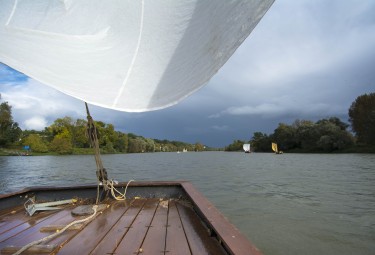Champagne Hillsides, Houses and Cellars
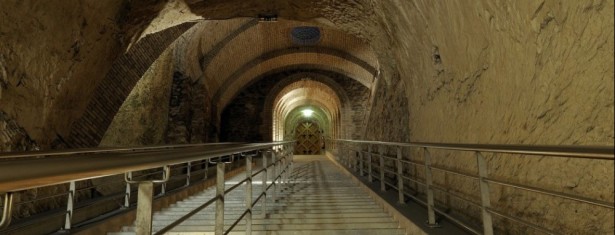
Brief description
In north-east France, on cool, chalky land, frequently devastated by wars, the Champagne Hillsides, Houses and Cellars form a very specific agro-industrial landscape, with the vineyards, as the supply basin, and villages and urban districts concentrating the production and trading functions. The imperatives of Champagne wine production have resulted in an original, three-pronged organisation, based on functional town planning, prestigious architecture and an underground heritage. This agro-industrial system, which has structured not only the landscape but also the local economy and daily life, is the outcome of a long process of development, technical and social innovations, and industrial and commercial transformations which speeded up the transition from an artisanal crop to mass production of a good sold around the world.
Women and the Franco-German heirs of the old Champagne fairs played a special role in this evolution, which has its roots in Hautvillers, among the hills of Aÿ, the heart of the wine-growing sector. In the 18th and 19th centuries, it then spread to the two nearest towns, to Saint-Nicaise Hill in Reims and to Avenue de Champagne in Épernay, which were entirely built on the wine-growing activity of Champagne.
The three ensembles that make up the Property embody the Champagne terroir and serve as a living environment, a working environment and a showcase for traditional know-how. This is the place where the benchmark Champagne method («méthode champenoise») was born, a method that would spread and be copied across the world from the 19th century up to the present day.
Criteria
Criterion (iii): The Champagne Hillsides, Houses and Cellars are the outcome of expertise perfected over the generations, of exemplary inter-professional organization and of the protection of the appellation, as well as the development of inter-cultural relations and social innovations over a long period of time.
Criterion (iv): As the legacy of wine-growing and wine-making practices perfected over the centuries, production in Champagne is founded on its supply basin (the vineyards), its processing sites (the vendangeoirs where grapes are pressed and the cellars) and its sales and distribution centres (the headquarters of the Houses). These various elements are functionally intertwined and intrinsically linked to the chalky substratum, where the vines grow, which is easy to hollow out and which is also found in the architecture.
Criterion (vi): Champagne has a unique symbolic image across the world. Among sparkling wines, Champagne remains the universal benchmark both in terms of brand awareness and prestige.
- Année d'inscription : 2015
- Critères d'inscription : (iii) (iv) (vi)
- Superficie du bien inscrit : 5352,88 ha
- Localisation : Departement od la Marne, region of Grand-Est
- Coordonnées DMS : N49 03 21 E04 00 11
- Registration year : 2015
- Registration criterion : (iii) (iv) (vi)
- Area of the inscribed : 5352,88 ha
- Location : Departement od la Marne, region of Grand-Est
- Coordinates DMS : N49 03 21 E04 00 11

